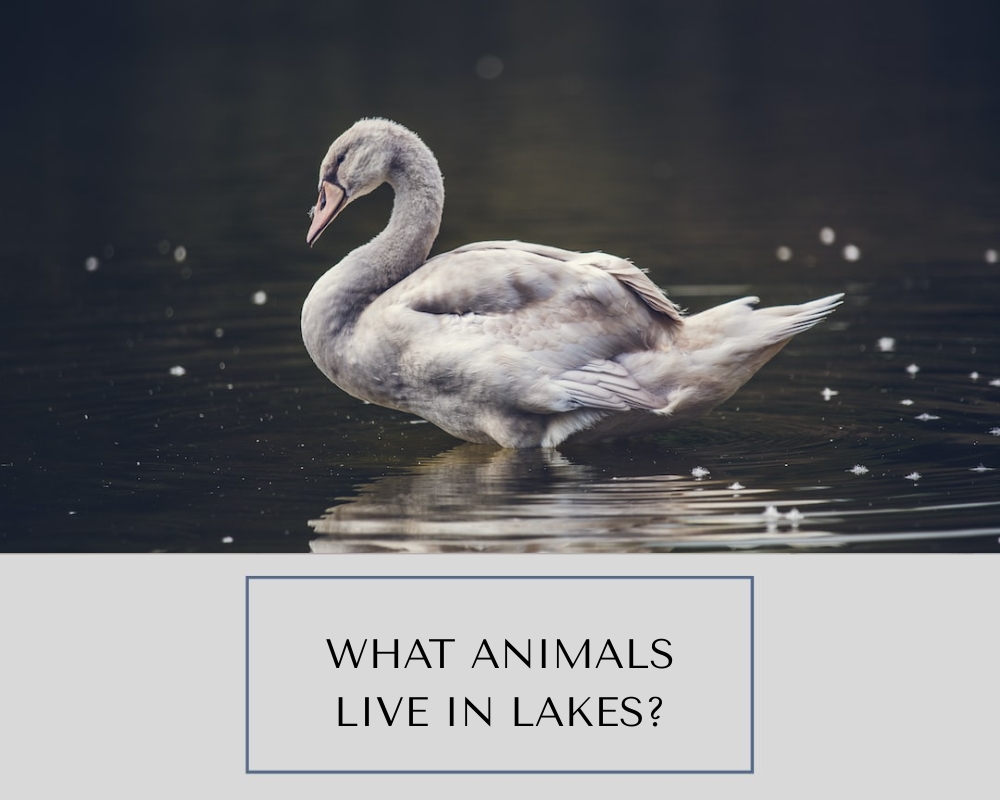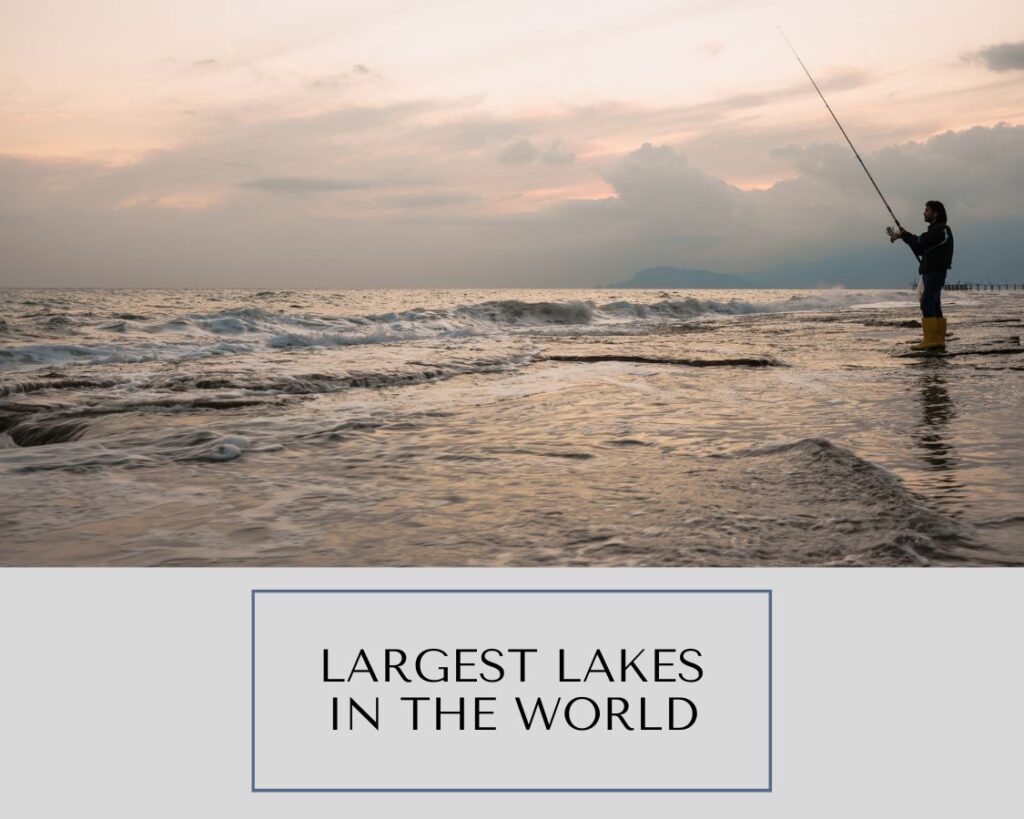Have you ever sat by a calm lake, looking at its mirror-like surface and letting your thoughts wander beneath? Lakes, those beautiful bodies of water, hide a whole world of creatures within. Today, we invite you to explore this underwater world with us, a journey of discovery and amazement. We’ll uncover all sorts of amazing animals that call lakes their home, from tiny microorganisms to majestic aquatic creatures. So, get ready to be curious as we dive below the surface and reveal the hidden wonders of lake life.
1. Trout
Witness the trout sliding through the waters like a skillful acrobat, their movements spellbinding and quick. It’s a beautiful sight, matched only by the majesty of their leaps, which showcase nature’s power and grace. It’s not only their breathtaking movements that make trout indispensable to lake ecosystems. They are also gatekeepers of balance within freshwater habitats, consuming smaller fish and invertebrates in a testament to the circle of life.
The importance of trout cannot be underestimated, but their survival comes with challenges. As they face the triad of overfishing, habitat destruction, and climate change, the fight for the conservation of these splendid creatures becomes an urgency that we must all partake in to ensure their continuous dance in our lakes.
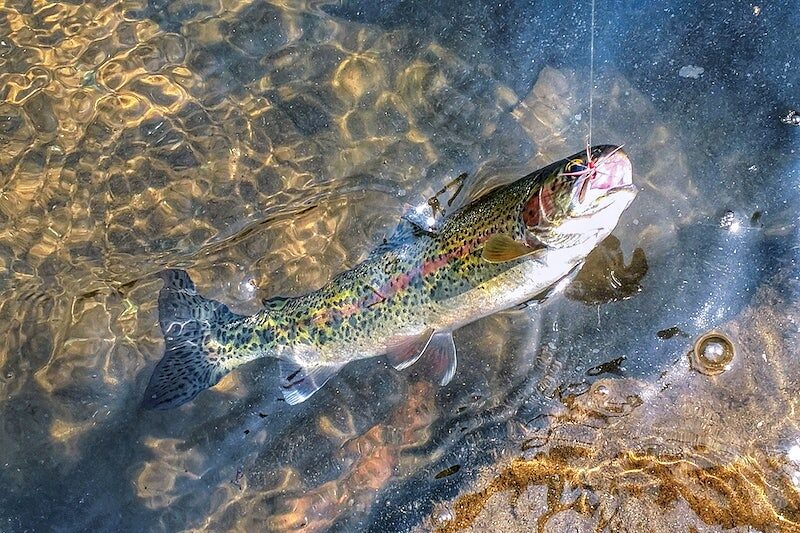
2. Heron
With its calm disposition and calculated movements, the heron is a marvel to observe. Standing with the patience of a seasoned monk blended with the watchful eyes of a predator, they command attention. This patience rewards them richly, allowing them to dive quickly to capture unsuspecting prey—a testament to nature’s law where patience and precision are essential survival tools.
The herons’ adaptability is truly inspiring. Facing habitat loss and the challenges of pollution, these persistent creatures continue to thrive, exploiting human-influenced environments to their advantage. This adaptability and their significant role as predators in the lake ecosystems make them a symbol of resilience and strength.
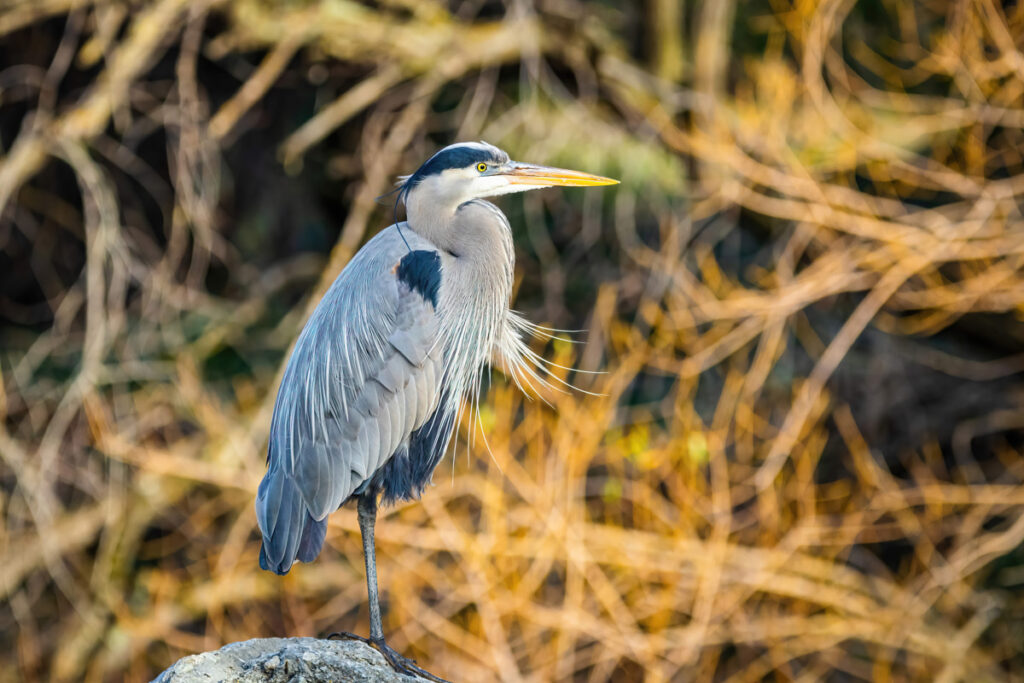
3. Beaver
Just as an architect dreams and brings buildings to life, beavers shape their environment to suit their survival. Their dam-building skills can affect entire landscapes, creating habitats that benefit them and a variety of other species. Witnessing their industrious nature at work is a lesson in determination, hard work, and survival.
Beavers feed primarily on tree bark and vegetation, an ecological role that aids in forest regeneration and an array of other benefits to the entire ecosystem. As twigs disappear and reappear as dams and lodges, these fascinating creatures inspire us with their diligence and herculean nature.
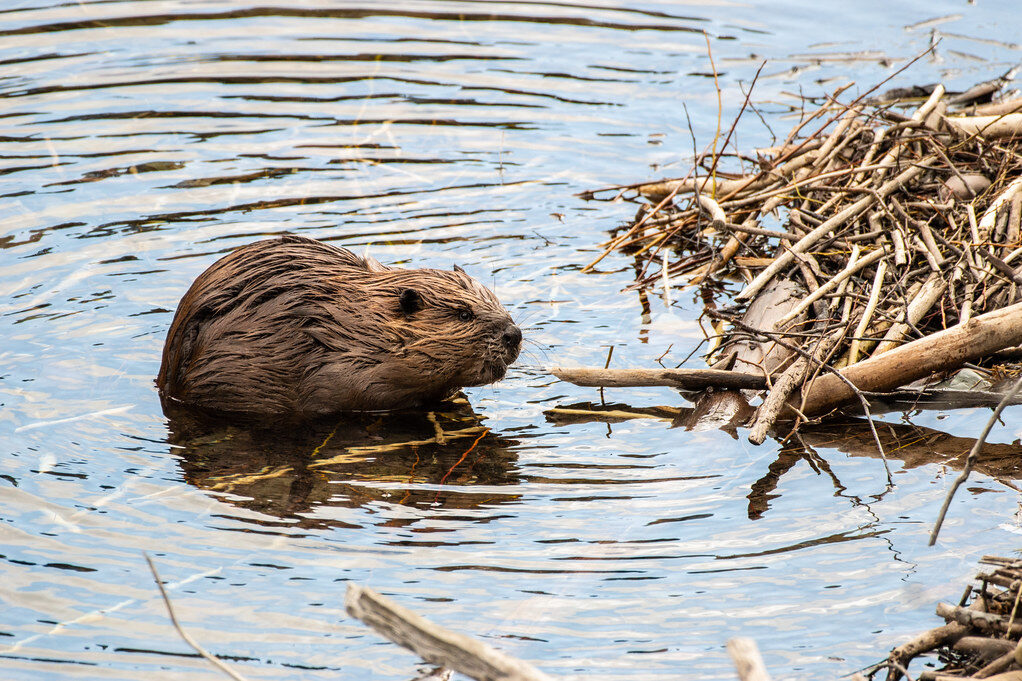
4. Turtle
Turtles are a testament to the adage, “Slow and steady wins the race.” Their graceful movements and intricate shells are akin to art in motion—a show that leaves observers in awe. The simple act of seeing them glide gently through the water is therapeutic, a much-needed tranquillity amid our fast-paced lives.
Turtles are also evidence of the symbiotic balance in nature, feeding on everything from aquatic vegetation to small fish. However, their survival is being threatened due to habitat destruction, pollution, and the illegal pet trade. Their plight is a wake-up call for us to take immediate steps in their conservation.

5. Frog
When we talk of a lakeside orchestra, the frog often takes the role of the energetic percussionist – its distant croaks serving as the primary beats of a wilderness symphony. Their charismatic presence is truly a joy to any lake habitat.
These naturally appointed pest controllers enjoy a carnivorous diet, primarily feasting on insects and spiders. However, like many of their fellow lake inhabitants, frogs also face the challenge of survival, with threats looming from habitat destruction, pollution, disease, and climate change. Our response to these threats will determine the future chorus of our lakes.
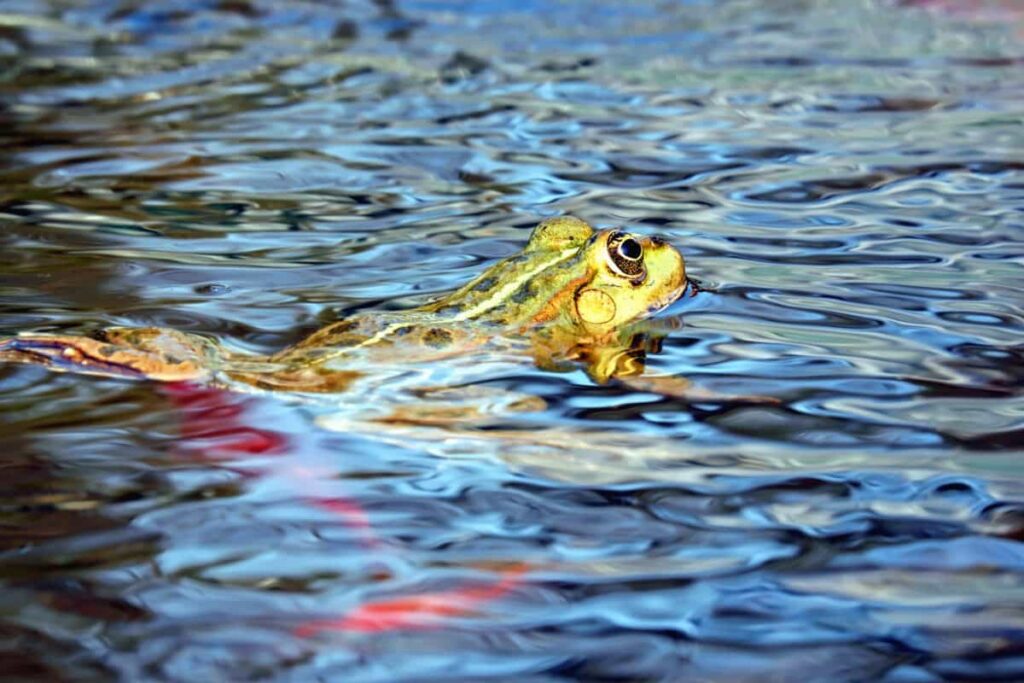
6. Catfish
With their unique look, featuring string-like whiskers, Catfish glide through the water like celestial beings patrolling the murkiest depths. Their hardiness and adaptability make them formidable creatures of the underwater world, contributing significantly to the biodiversity and functioning of their dwelling lakes.
Thriving on a varied diet, Catfish also serve as nature’s custodians, helping to clean up their habitats by consuming dead organic material. Yet, just like other freshwater habitat denizens, they face pressure from water pollution and habitat destruction. In the strong and whiskered Catfish, we see a powerful symbol of survival, rolling with the punches that nature—and humanity—throws its way.
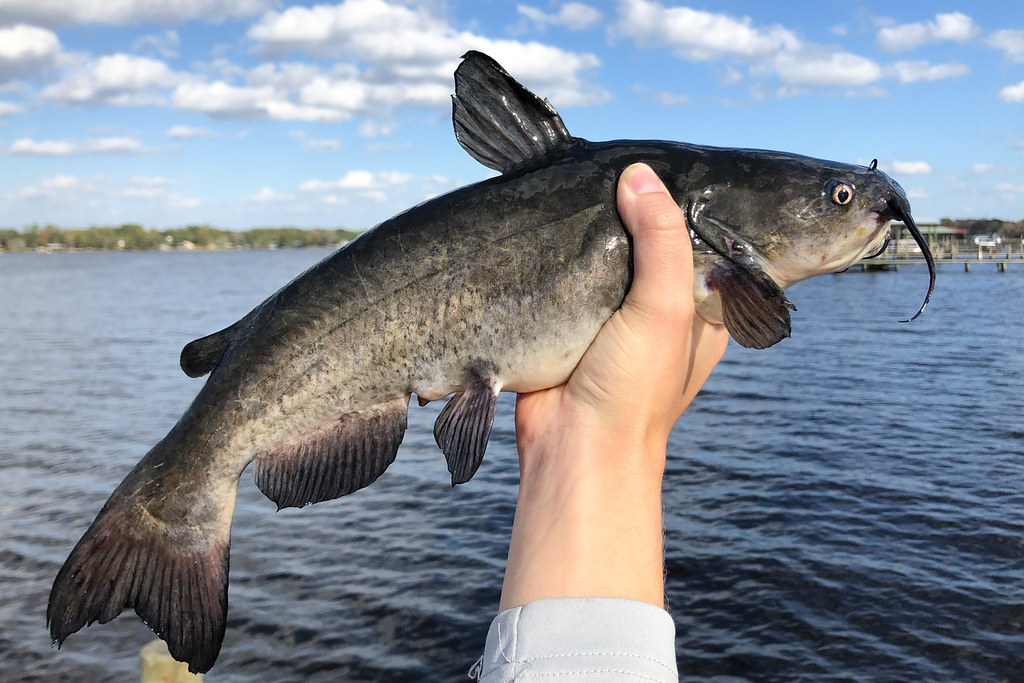
7. Ducks
Ducks, with their playful waddles and proud plumage, offer a delightful, universally cherished spectacle. They represent the innocence and joy that make lakes come alive, their unique quacks often providing the background score for serene lake panoramas.
While their charm captures hearts, their dietary habits underline their importance in the lake ecosystem. Ducks consume a broad spectrum of underwater vegetation, insects, and small amphibians, all while enhancing the aesthetic appeal of their habitats. As we safeguard our wetlands, the survival and flourishment of duck species should remain a focus.
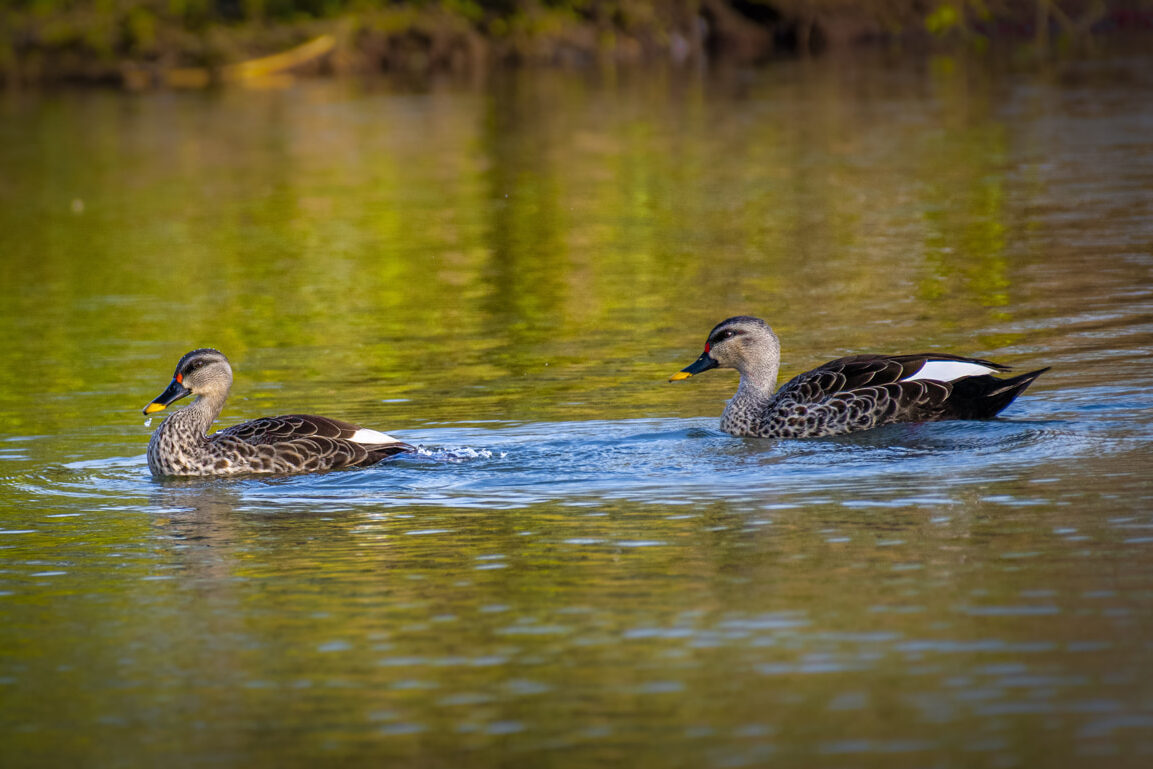
8. Otters
Who can resist the charm of otters with their sleek bodies and playful personalities? As they glide effortlessly through waters, otters are not merely adorable creatures but integral parts of aquatic ecosystems, serving as key predators.
Apart from their charisma, otters play an important role in lake ecosystem food chains. They primarily feed on fish and invertebrates, helping shape the ecology of their habitats. However, these mammals are not invulnerable and face challenges related to water pollution and habitat destruction.
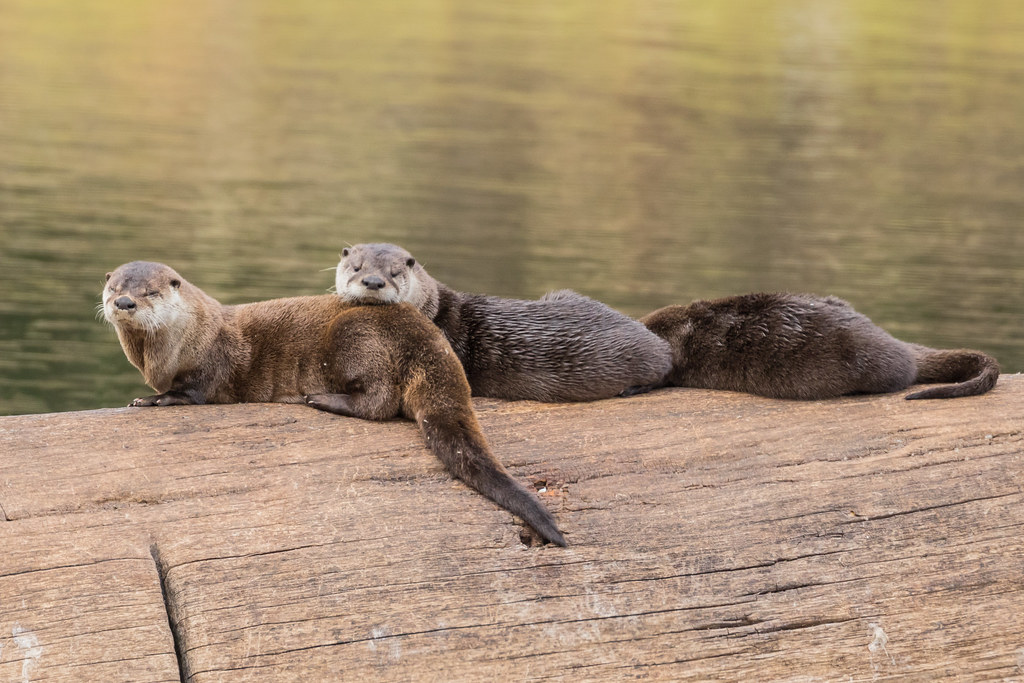
9. Snakes
While they are not everyone’s favorite creature, snakes play an often overlooked yet pivotal part in lake ecosystems. Their skillful swimming and distinctive coiled basking could be envisioned as a raw, honest symphony of survival.
As carnivorous creatures, snakes help maintain ecological balance by keeping the population of rodents and other small creatures at bay. Notwithstanding their role, they face several man-made threats. The survival of these misunderstood creatures reinforces the need for balanced coexistence even with species we may fear.
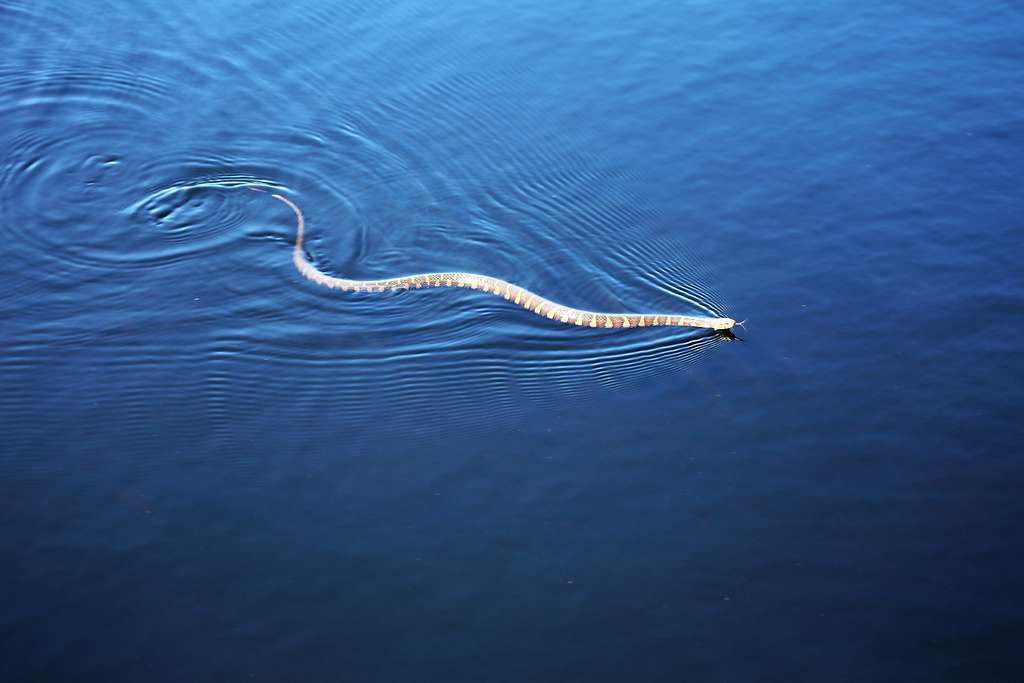
10. Salamanders
Salamanders, vibrantly colored and extraordinarily gifted with regenerative abilities, intrigue us in many ways. Their remarkable transformation from aquatic larvae to terrestrial adults is an ecological marvel—a nature spectacle happening right in our lakes.
Adding to the charm of salamanders is their diet – as carnivores, they feed mainly on insects, spiders, and snails, paradoxically making these little creatures important predators within their own domains. Their conservation, hence, becomes a unique talking point about preserving such gifts of the natural world, which may be small but share an equally important ecological narrative.
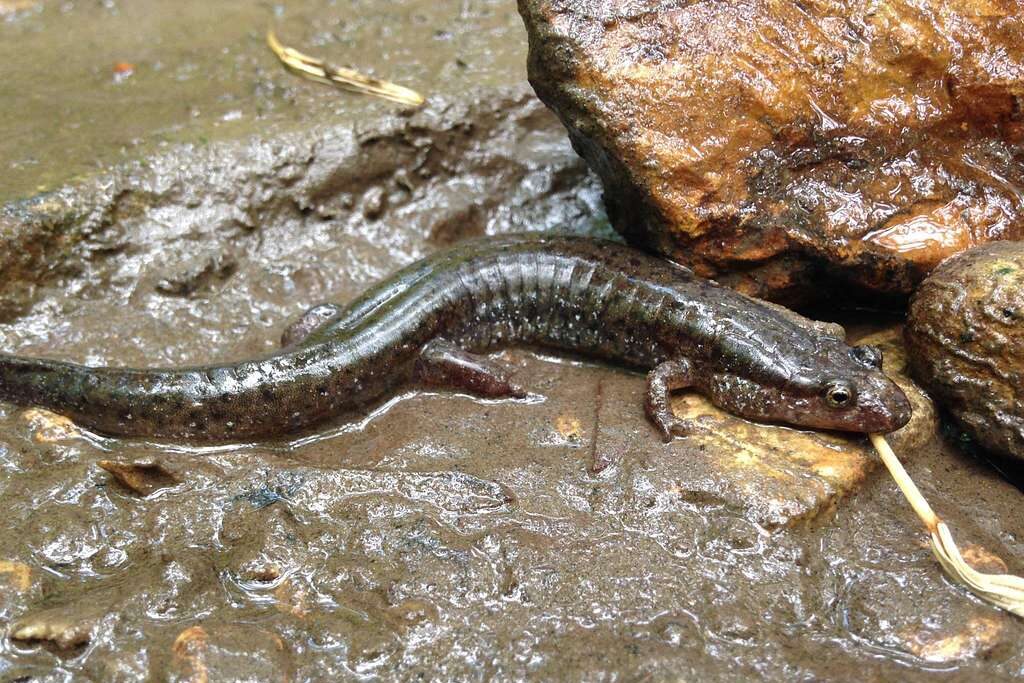
11. Carp
Robust and adaptable, Carp sweep through their aquatic homes with impressive stamina. They are images of survival in sub-optimal conditions, embodying resilience despite adversity. To observe a Carp pool is, indeed, to observe the story of survival against all odds.
Functioning as omnivores, Carp consume a range of water vegetation and invertebrates, at times even resorting to scavenging. As such, they play a critical role in their habitats, be it in energy recycling or structuring their ecosystems. Even the unassuming Carp is an image of strength, underscoring the tenacity that lies within every creature in nature.
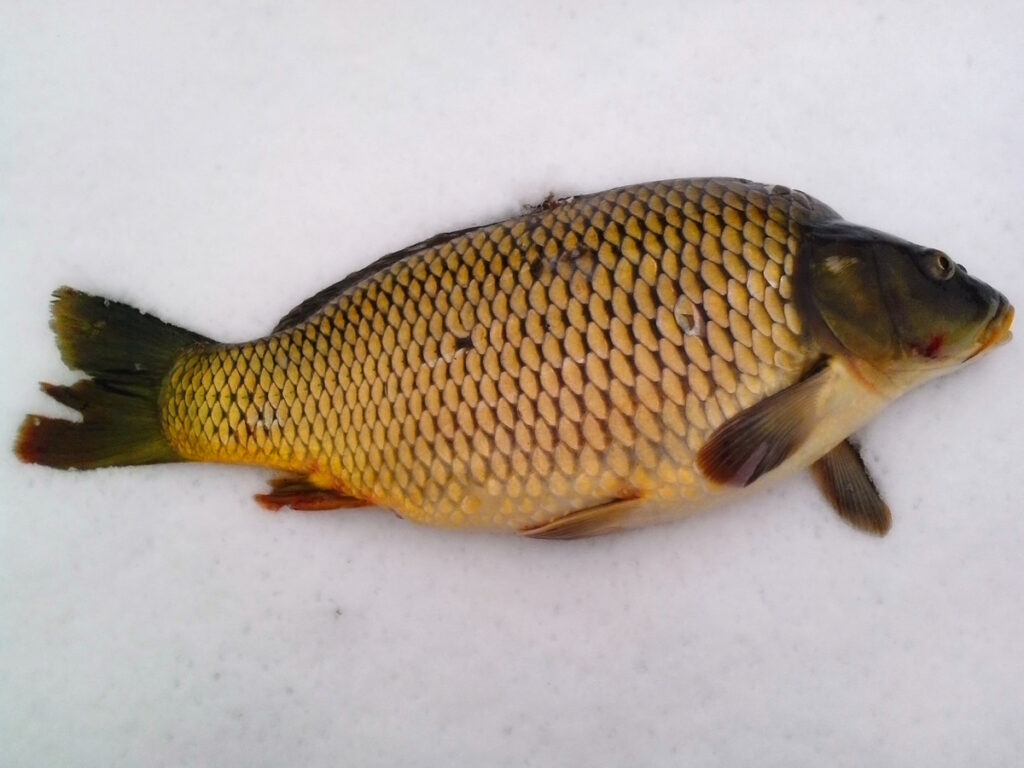
12. Swans
Swans glide through lakes, embodying grace, serenity, and beauty. The mere presence of these majestic beings adds an elegant aura to their habitats. The lifelong companionship that they forge is a love saga that nature seamlessly composes on water.
Swans contribute significantly to their ecosystems as they feed on aquatic vegetation, algae, and small water creatures. Their lifestyle carries a message of tranquility and lasting bonds, making their conservation critical for preserving biological diversity and these narratives of lasting love.
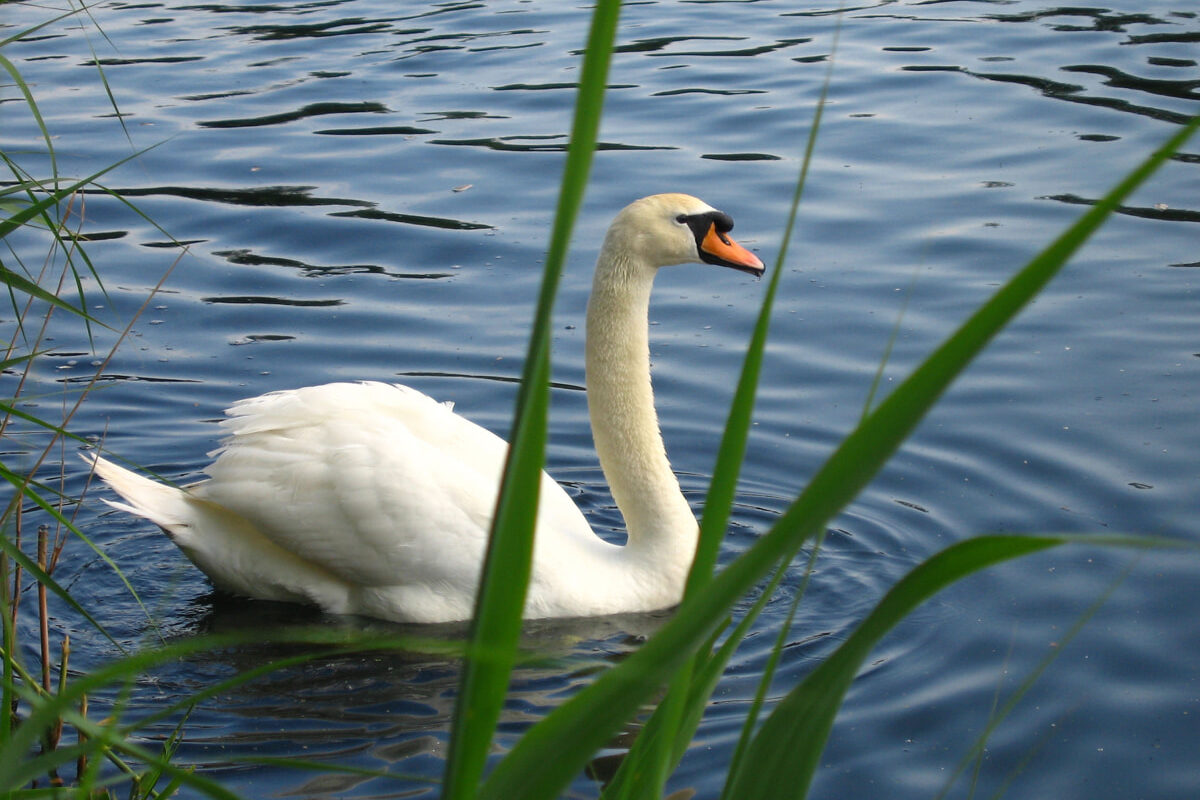
13. Muskrats
Muskrats, small but energetic, punctuate lake habitats with their vitality. Watching them develop burrows and forage through aquatic vegetation is an inspiring display of dynamism and untiring hard work.
These industrious creatures primarily feed on a wide array of vegetation, playing an understated yet crucial role in plant population control. Despite their size, their impact on lake ecosystems is enormous, proof that no creature, however small, is insignificant in nature’s grand scheme.
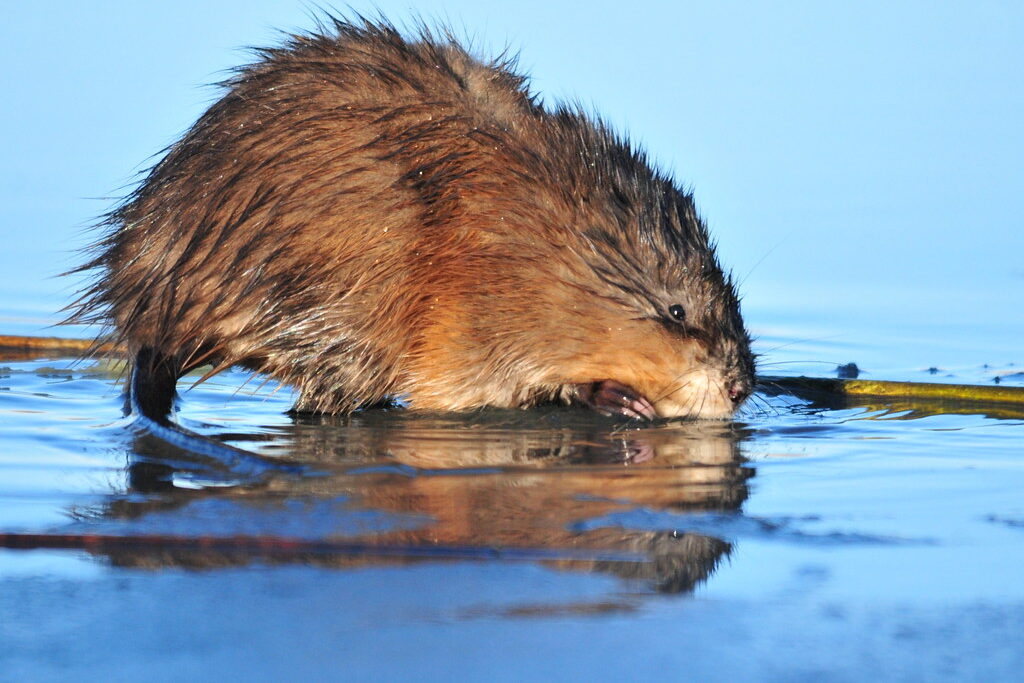
14. Alligators
Alligators, the predatory powerhouses, command respect with their mere presence. Owing to their top-tier position in the food chain, they symbolize raw power and capability. Their ferocious hunting style and territorial behavior are lessons in survival that the ruthless law of nature sanctions.
From their predatory role to their place as maintainers of ecological balance, Alligators significantly shape their habitats. Preserving these mighty creatures necessitates respect for nature’s untamed power and the necessity of balance within our ecosystems.
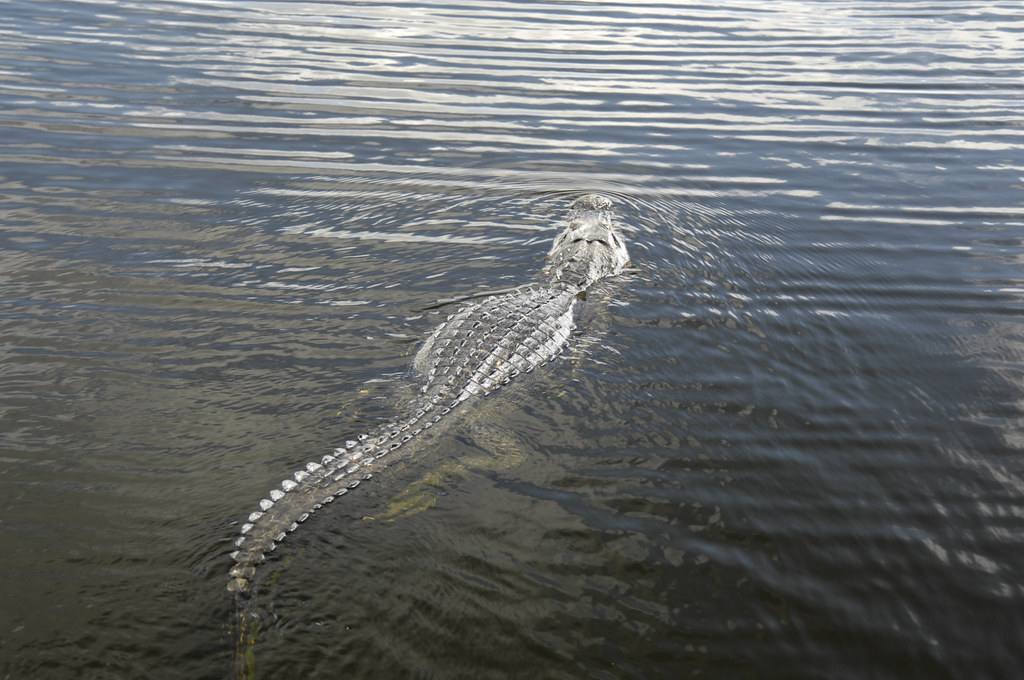
15. Tadpoles
Tadpoles, nature’s tiny wonders, are living symbols of transformation and growth. Their journey from egg to frog is a biological marvel that unfolds in many lakes, making them cornerstones of their habitats’ life cycles.
These herbivores usually feed on plant material and algae, making them essential primary consumers in the lake food chains. Their existence and growth become pertinent conservation concerns, the scales of which could tip precariously with pollution, habitat destruction, and climate change.
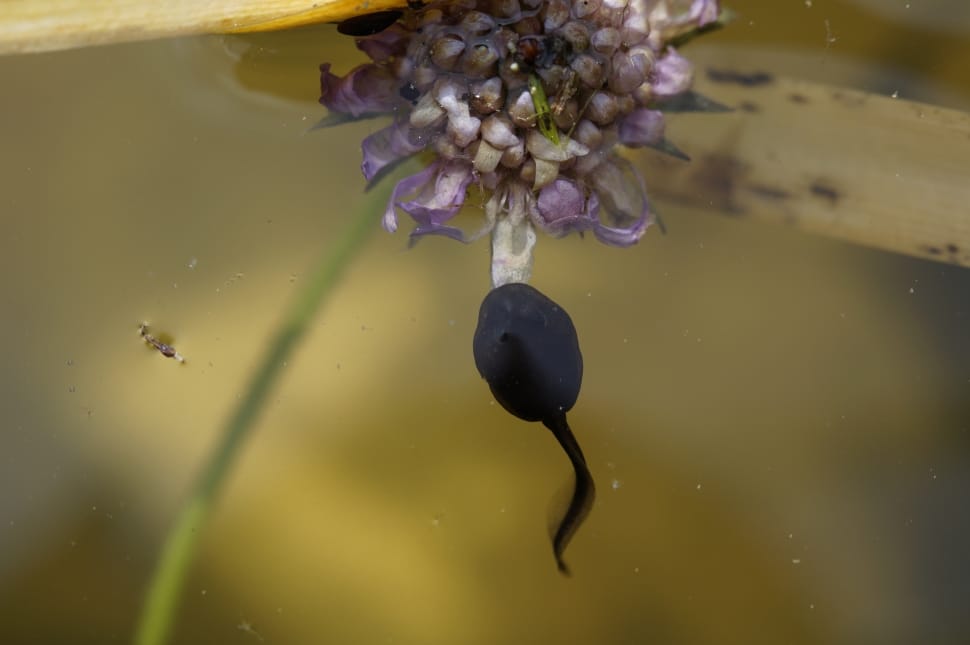
16. Pike
The pike, known for its predatory prowess and swift movements, is a magnificent creation of Mother Nature. Its darting movements seek out prey while its sharp teeth make short work of its targets. Water bodies housing pikes are witness to some of nature’s most fascinating hunting strategies.
Despite their fierceness, they add great value to the ecosystem by regulating prey populations. Unlike many fish, the pike isn’t shy about exploring and claiming vast territories in its habitat. As we strive for biological conservation, each pike saved is a step towards maintaining a balanced aquatic ecosystem.
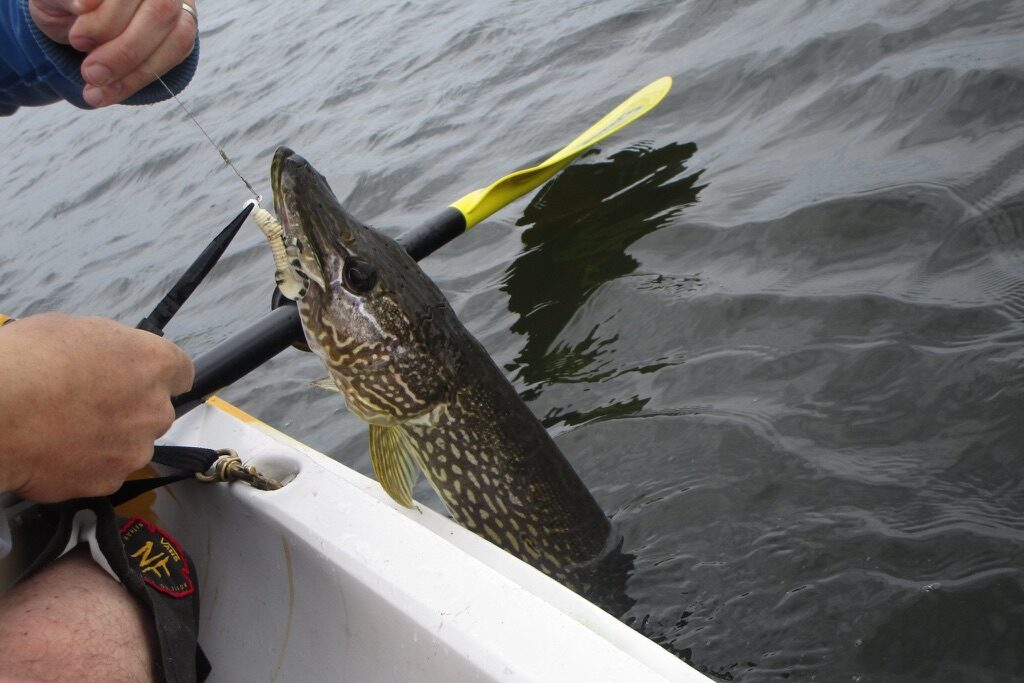
17. Kingfisher
The kingfisher is an impressive sight, with its brilliant plumage mirroring the rainbow above the lake. Its quick, darting flight and sudden, bullet-like dives into the water for fish are proof of its status as an adept hunter.
A lake with a kingfisher in residence is a healthy one, for these birds favor clean water bodies teeming with fish. Their role in maintaining the ecological balance by controlling fish populations is noteworthy. Despite their robust nature, these glowing avatars of lake ecosystems require us to ensure the sanctity of their habitats.
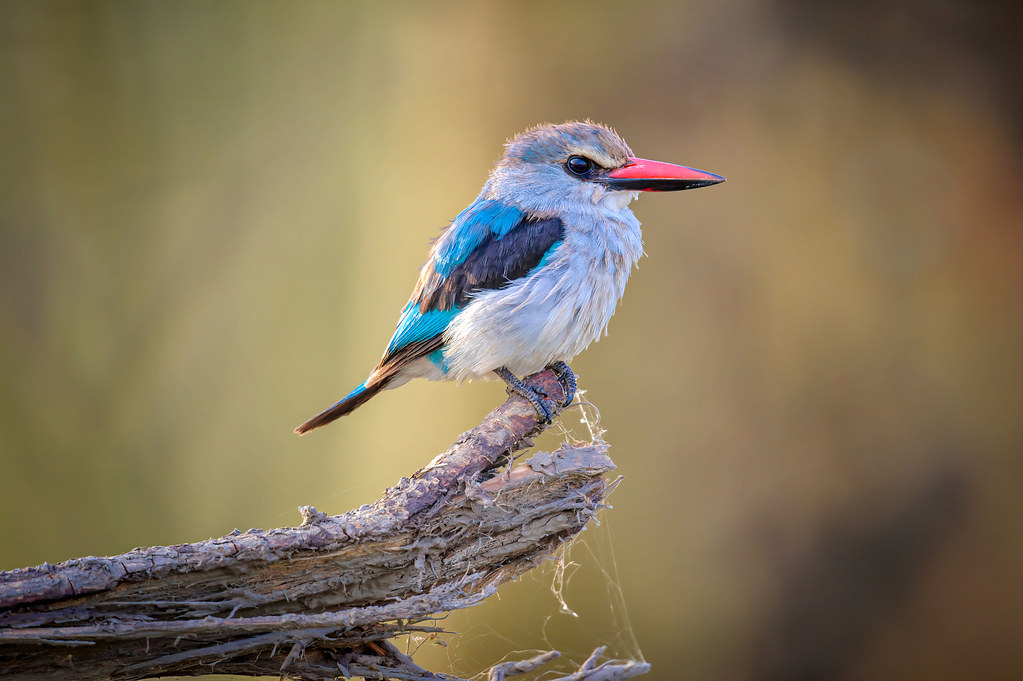
18. Water Voles
The water vole is a ball of soft fur, a blur of energy constantly on the move. Whether they’re swimming, foraging, or tending to their burrows, water voles speak volumes about hard work and resilience.
Feasting mainly on aquatic vegetation, these tiny creatures perform a cleanup role, giving nature a helping hand in controlling plant populations in aquatic environments. Their ceaseless bustle adds a soft, endearing touch to the grandeur of lake habitats, making their conservation an aspect of maintaining the gentle side of nature.
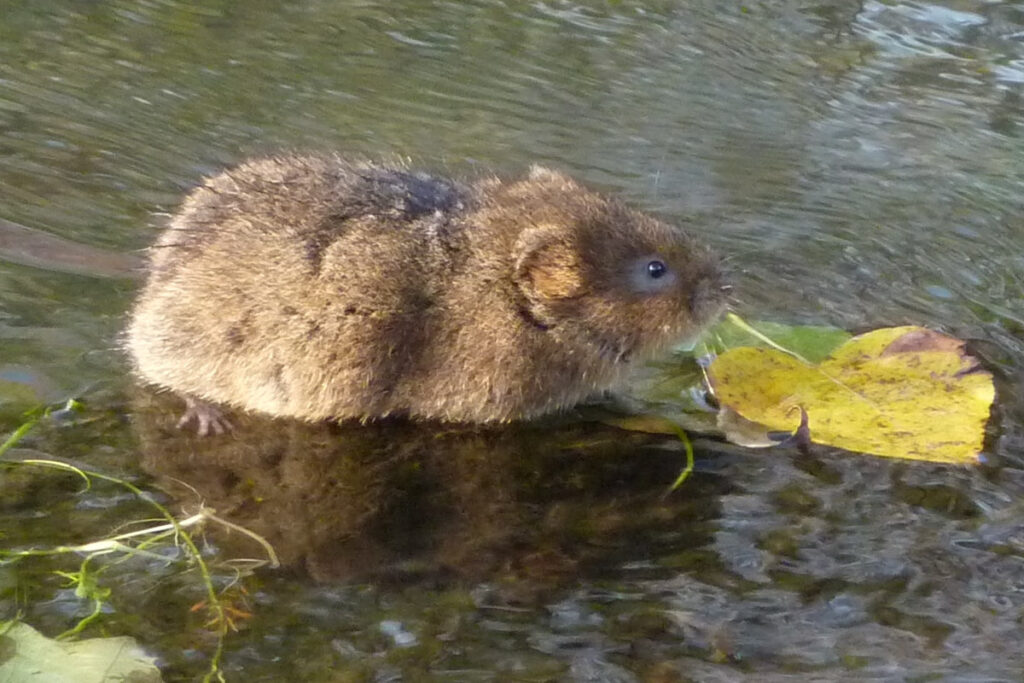
19. Painted Turtles
A Painted Turtle basking on a lakeside rock is every lake lover’s cherished memory. Their vibrant colors bring an aesthetic vibrancy to lakes, and watching them glide leisurely through the water is a joy unto itself.
As omnivores, Painted Turtles keep the populations of aquatic invertebrates, small fish, and vegetation in check. Their struggle for survival in the face of habitat loss, pollution, and the pet trade is a call for mankind to ensure the preservation of these colorful gems of nature.
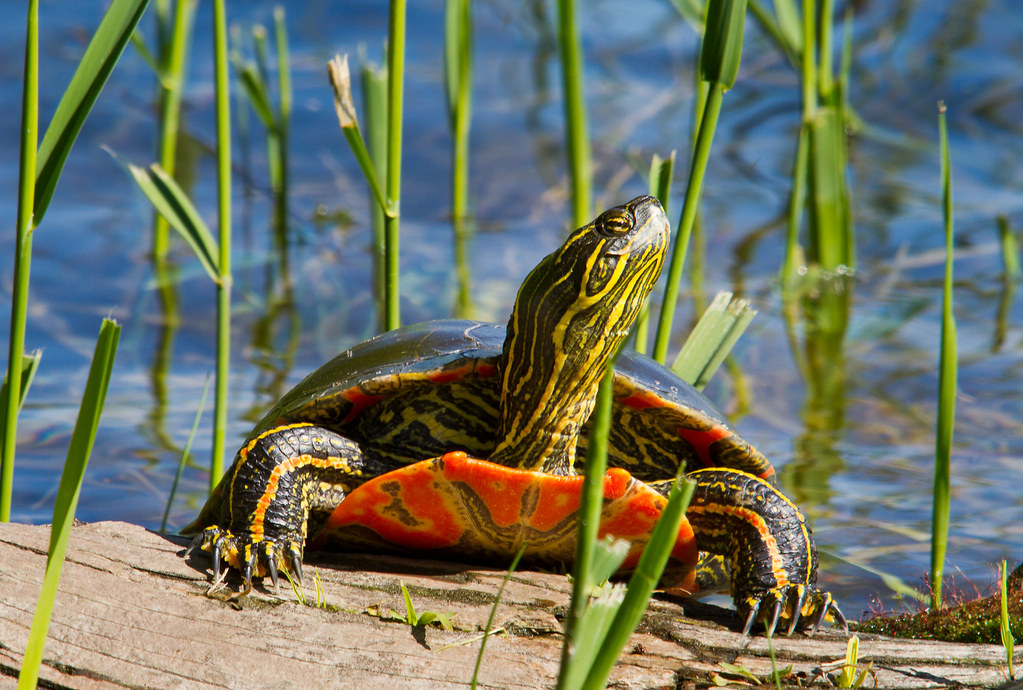
20. Newts
Newts, little embodiments of regeneration and transformation, add a distinct charm to lake ecosystems. Rather unassuming in appearance, they hold a world of biological wonders within their small forms.
As carnivores, they play an important part in maintaining the insect population of their habitats. Thus, the preservation of newts becomes a matter of maintaining the harmony and health of our beloved lakes. They are a reminder that strength and wonder often come in the most surprising packages.
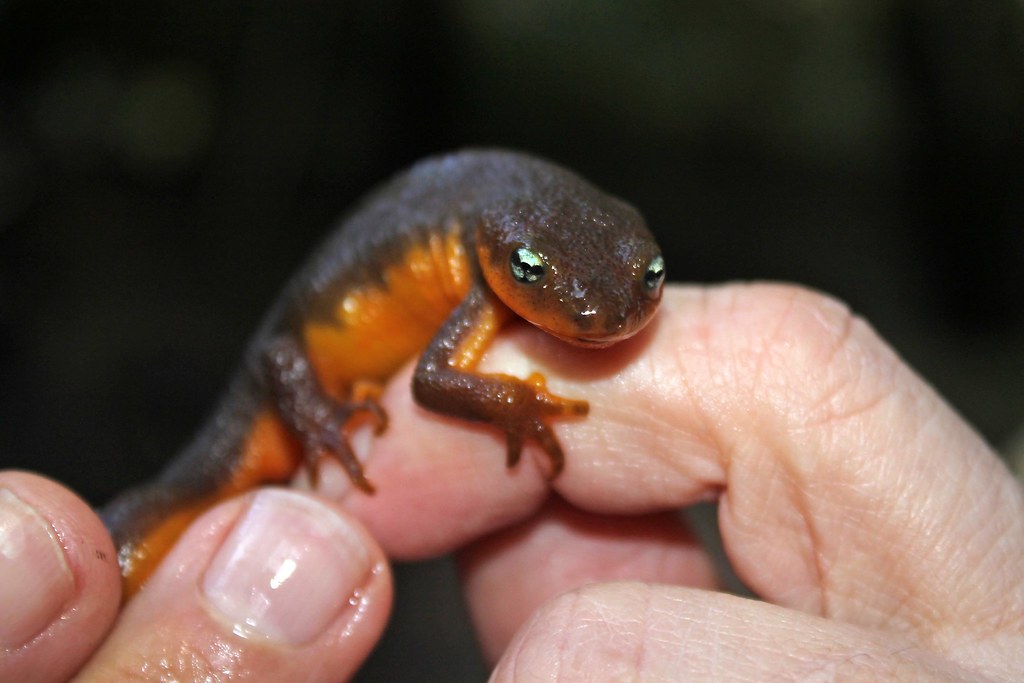
The Fragile Balance of Lake Ecosystems
Lakes, whether large or small, are complex ecosystems that thrive on a delicate balance. This balance is maintained by the various species that call these waters home. From fish to amphibians and even microscopic organisms, every component plays a crucial role in the overall health of the lake.
The Role of Native Fish
Native fish species are often at the heart of lake ecosystems. These fish, adapted over generations, help control populations of other aquatic organisms, ensuring the ecosystem’s stability. However, many native fish species are currently under threat due to habitat destruction and pollution.
The Impact of Invasive Species
One of the most significant threats to lake species is the introduction of invasive species. These non-native organisms can quickly disrupt the natural order of a lake’s ecosystem, outcompeting native species and causing havoc.
Case Study: Zebra Mussels
Zebra mussels serve as a prime example of the destructive potential of invasive species. Originally from Eastern Europe, these tiny mollusks have invaded numerous North American lakes, disrupting food chains and clogging water infrastructure.
Pollution and Its Consequences
Pollution, both chemical and nutrient-based, poses another major threat to lake species. The discharge of pollutants into lakes can lead to oxygen depletion, harmful algal blooms, and the decline of sensitive aquatic life.
The Role of Phosphorus in Algal Blooms
Excessive phosphorus in lakes can trigger algal blooms, which can have catastrophic effects on lake ecosystems. These blooms can deplete oxygen levels, leading to fish kills and harming other aquatic species.
Habitat Destruction and Climate Change
Human activities, such as urban development and deforestation, often result in the destruction of vital lake habitats. Additionally, climate change is altering the conditions lakes depend on, including water temperature and nutrient levels.
Adaptation Challenges for Lake Species
Lake species must adapt quickly to these changing conditions or face the risk of extinction. Some species may be forced to migrate to different areas of the lake, while others may struggle to find suitable breeding sites.
Conservation Efforts
Protecting threatened lake species and preserving these invaluable ecosystems requires concerted efforts on multiple fronts.
Habitat Restoration
Efforts to restore and protect natural lake habitats are critical. This includes reforestation around lakeshores, wetland preservation, and reducing urban sprawl near aquatic environments.
Invasive Species Management
Preventing the spread of invasive species is crucial. Strict regulations on the transportation of boats and equipment between lakes can help reduce the introduction of harmful invaders.
Final Verdict
In conclusion, the hidden wonders of lake life are nothing short of awe-inspiring. As we’ve journeyed through the diverse and captivating world of lake species, it’s evident that these creatures are more than just inhabitants of our lakes; they are vital components of intricate ecosystems, each playing a unique role in maintaining the delicate balance of nature.
From the graceful trout to the patient heron, the diligent beaver to the tranquil turtle, the melodious frog to the whiskered catfish, and so many more, these species contribute to the rich tapestry of life in and around our lakes.
However, their existence is threatened, facing challenges like overfishing, habitat destruction, pollution, and the menace of invasive species. The urgency of conservation efforts cannot be overstated. It’s our collective responsibility to protect these remarkable creatures and the lakes they call home.

